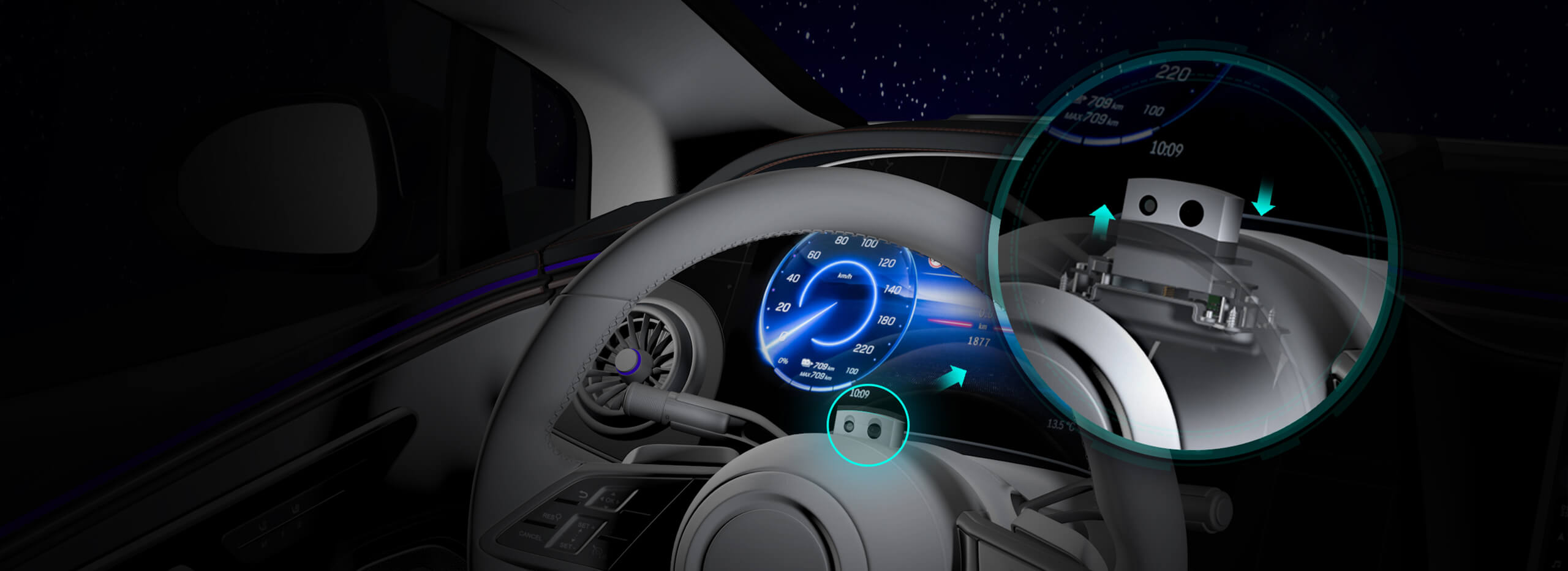Ever been tinkering with a robotic arm or tweaking a DIY drone? Chances are, you’ve crossed paths with a pretty fascinating little device—servomotors. These tiny marvels are the backbone of many precision movements, and understanding how many degrees a servo motor can turn isn’t just nerdy trivia; it can totally change the way you approach your project.

Imagine this: you’re setting up a camera slider or crafting a robot’s arm, and you need to know if that servo can do a full 180° bend—or maybe even a full 360°. The truth is, most standard servomotors are designed with specific angular limits, typically around 0° to 180°, but there are specialized ones that can go beyond that. Some high-end servos, crafted for robotics competitions or drone stability, can sweep from 0 to 270°, or in some cases, even hit a full circle if they are continuous rotation servos.
What makes it interesting? It's not just about the maximum degrees. The responsiveness of these limits — how fast they can reach those positions, how precise they stay, and how well they hold a position — heavily depends on the internal mechanics and the control algorithms. And yes, knowing how far a servo can turn is essential for designing your setups without trial and error consuming too much time.
Here’s a quick mental image: picture a tiny servo, sitting quietly in your project, ready to rotate just enough to turn the steering of a miniature car or to position a sensor with laser accuracy. When you power it up, it whirs and moves, but if you push beyond its maximum range—say, trying to turn it 200°—you’ll notice resistance or just plain no movement at all. That’s because these devices are designed with a physical limit.
So, how do you pick the right servo for your needs? That’s where understanding the degrees of rotation becomes crucial. If you’re making a robotic hand where fingers need precise, limited movement, a servo with about 90° rotation might suffice. But if you’re building a panoramic camera mount or a security turret, then a servo capable of close to 180° or more could be what you need. And for some creative triggers, continuous rotation servos can spin endlessly, but then they’re used more like motors rather than traditional servos with fixed angles.
Now, thinking of a scenario where you’re experimenting with servos in a hobby project: you set everything up, connect your control system, and suddenly wonder, “How many degrees can this servo really turn?” It’s a fair question. Most servos are rated in specifications—check the datasheet, and it’ll likely say “rotation range: 0-180°” or “up to 270°”. But keep an eye out for the specifications for torque and speed too, which often trade off with the rotation degrees.
So, don’t just think about size or voltage. Think about motion range, response time, and how much you might push it. In crafting your next gadget, having a firm grasp of these details keeps things smooth, avoids surprises, and makes your designs perform just as you envisioned—if not better. When diving into your project, remember: the range of movement might seem tiny, but it can unleash a universe of possibilities.
Established in 2005, Kpower has been dedicated to a professional compact motion unit manufacturer, headquartered in Dongguan, Guangdong Province, China. Leveraging innovations in modular drive technology, Kpower integrates high-performance motors, precision reducers, and multi-protocol control systems to provide efficient and customized smart drive system solutions. Kpower has delivered professional drive system solutions to over 500 enterprise clients globally with products covering various fields such as Smart Home Systems, Automatic Electronics, Robotics, Precision Agriculture, Drones, and Industrial Automation.




































